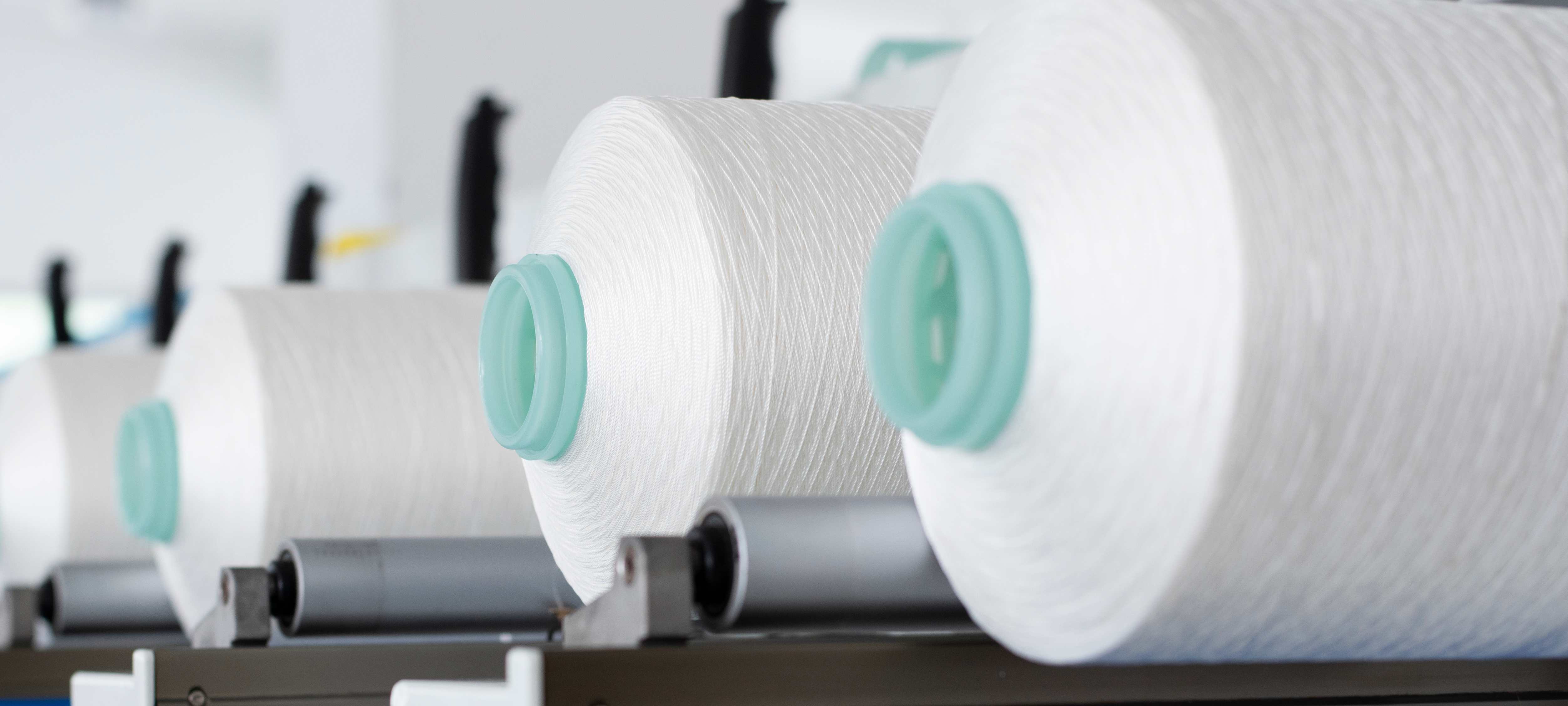

Also called soft cone winding, is one important step bringing raw white polyester and nylon bonded twisted yarns or threads to dyeing tube, for further dyeing.
I. Purposes and Standards of Winding
1. Purpose of Winding
The core concept of winding lies in transforming twisted yarn from previous processes into semi-finished packages with sufficient capacity and optimal morphology to meet the requirements of subsequent processes such as warping, weft supply for shuttleless looms, pirn winding, or dyeing. This conversion ensures smooth and efficient twisted yarn flow into downstream processes, enhancing overall production efficiency and product quality.
2. Winding Standards
The dye package after winding must be suitable for cone dyeing. The package must be stable and durable, maintaining its shape during long-term storage and transportation to prevent yarn slippage or unwinding. The design should facilitate uniform unwinding speed in subsequent processes without entanglement or breakage. Additionally, yarn arrangement on the package must avoid defects such as overlapping, bulges, edge collapse, or web-like irregularities.
3. Winding Requirements
Winding tension must be moderate and consistent to ensure proper package formation while preserving the twisted yarn’s inherent physical and mechanical properties. Increasing package capacity and density is critical for productivity. For post-treatment processes like dyeing, the package structure must be uniform to allow even dye penetration.
II. Winding Process Flow
1. Process Details
Yarn unwinds from the spinning bobbin on a creel, passes through a balloon breaker (or controller) to stabilize ballooning and guide further processing. It then enters a pre-cleaner to remove impurities and defects. Subsequent stages include tension devices, electronic yarn clearers for quality inspection, and waxing units to enhance smoothness. Finally, the yarn is wound onto a cone via a spindle or grooved drum, which ensures uniform winding through reciprocating guidance.
2. Package Winding Mechanism
After undergoing overfeed processing, the twsited yarns are subjected to online tension control via the tension control system. It then passes through the yarn guiding device and winding support device, ultimately producing standard-compliant dye package yarns. Computer-controlled motor speed prevents overlapping and reduces hairiness. The mechanism halts automatically during yarn breaks to minimize abrasion.
3. Winding Tension and Devices
Winding tension—the yarn tension before winding onto the package—is a critical parameter. Optimal tension varies by material and application:
Cotton yarn: ≤15%–20% of breaking strength
Wool yarn: ≤20% of breaking strength
Hemp yarn: ≤10%–15% of breaking strength
Silk: 2.64–4.4 cN/tex
Polyester filament: 0.88–1.0 cN/tex
Tension devices use surface friction to regulate tension, requiring designs with minimal fluctuation and simplicity.
III. Process Design and Quality Control
1. Design Parameters
Winding speed directly impacts efficiency. Modern automatic winders achieve speeds exceeding 1,200 m/min, while high-count yarns operate at 850–1,000 m/min.
2. Quality Defects and Control
Key defects include uneven tightness, irregular winding, surface irregularities, and misalignment. These often stem from improper tension, density, or pressure control. Continuous monitoring and parameter adjustments are essential to maintain package integrity.
#Ready to dye #Twisted yarn #Dyeing tube #Polyester sewing thread